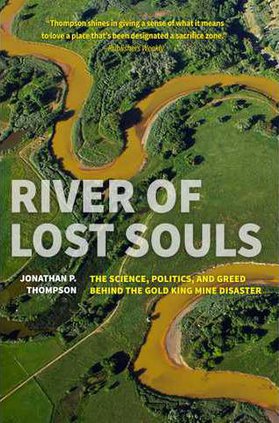COLUMBIA — A state agency broke the law when it shut out the river commission from negotiations over dredging the Savannah River, the top justice on South Carolina’s highest court argued Tuesday, saying the agency “rubber stamped” an agreement with Georgia officials on the project.
“You disobeyed the law when you did not involve the Savannah River Maritime Commission in the settlement of this matter,” Chief Justice Jean Toal said to John Harleston, an attorney for South Carolina’s Department of Health and Environmental Control, during a hearing.
Lawmakers set up the maritime commission in 2007 specifically to deal with issues related to dredging the river. It became a big player in the port battle last fall, when the DHEC board approved permits allowing the digging to begin so bigger ships could reach the Savannah port when the Panama Canal is widened in two years.
DHEC staff had initially turned down the requests, but the agency suddenly reversed itself after Georgia Gov. Nathan Deal flew to Columbia to meet with South Carolina Gov. Nikki Haley, who appoints the members of that board. Environmental groups are suing DHEC, saying that the commission, not the other agency, is charged with making decisions about the $650 million project in the river that serves as the state line for South Carolina and Georgia.
Last month, the commission sided with environmentalists, ruling that a deeper channel would bring down water quality and opting to limit channel depth to 45 feet — two feet off the corps’ proposed depth of 47 feet.
On Tuesday, Harleston argued that DHEC didn’t agree that the commission had the authority to issue certain permits and said DHEC staffers had worked.
Toal took issue with the fact that DHEC’s board merely did what it was told, didn’t actively debate the issue and denied the commission’s request to participate in any discussions.
“The board didn’t do anything by way of adjudicating this,” Toal said. “They simply rubber stamped an agreement that had been reached by Georgia and the Corps of Engineers. ... What about the Savannah River Maritime Commission’s statutory involvement?”
South Carolina lawmakers were furious about the last-minute compromise on the dredging with the Georgia Ports Authority and the U.S. Army Corps of Engineers to approve the project, accusing Haley of selling out the port in Charleston, which will compete with the port in Savannah for container ships.
The move also put in doubt a proposed joint port between the two states that was supposed to be closer to the Atlantic Ocean. Under the corps’ current plans, material dredged from the Savannah River will be dumped on the planned site for the Jasper County port.
South Carolina legislators passed a bill this session retroactively suspending DHEC’s ability to make dredging decisions involving the river. The governor rejected the bill, but lawmakers overrode the veto with just one dissenting vote.
S.C. Supreme Court mulling Savannah River lawsuit


Sign up for our e-newsletters


